Tianjin Panshan Scenic Area
Tianjin Panshan Scenic Area, located 15 kilometers northwest of Jixian County, Tianjin City, covers an area of 106 square kilometers . It is also known as "the first mountain in the east of Beijing". The old names of mountains are endless, Xu Wu, Sizheng and Panlong. Legend has it that in the late Eastern Han Dynasty, no ultimate scholar Tian domain was not rewarded by the emperor and lived here in seclusion. Therefore, Tian Pan Shan was called Tian Pan Shan, or Pan Shan for short. It is a national scenic spot, a national 5A scenic spot. It is a tourist and leisure resort where natural mountains and rivers coexist with scenic spots and monuments, Buddhist culture and royal culture blend.
In October 2018, Panshan Scenic Spot is the only 5A-class tourist attraction in Tianjin that has been priced by the government. The ticket price of Panshan Main Scenic Spot has been reduced from 108 yuan to 78 yuan per ticket, with a 28% reduction.
Panshan is located at 40 ~40 65507 Located in the north of Guanzhuang Township, Jixian County, 12.5 kilometers northwest of the county seat. It is 60 kilometers west of Beijing, 120 kilometers east of Tangshan, Hebei Province, 110 kilometers south of Tianjin, Jinji Expressway and Jingping Expressway.
Panshan belongs to the southern branch of Yanshan Mountains, with middle and low mountain topography, and its elevation is generally between 400 and 600 meters. The main peak is the Moon Peak, with an altitude of 864.4 meters. The slope is generally greater than 35 degrees, and the area is about 20 square kilometers .
Climate type
Located on the east coast of the Eurasian continent in the middle latitude, the scenic spot is dominated by the monsoon circulation, and is a region where the East Asian monsoon is prevalent, with a continental climate. The main climatic characteristics are: distinct seasons, windy spring, drought and little rain; hot summer, concentrated rainwater; cool autumn, moderate cold and warm; cold winter, dry and little snow. Among the four seasons, winter is the longest, 156-167 days; summer is the second, 87-103 days; spring is 56-61 days; autumn is the shortest, only 50-56 days. The average annual precipitation in Tianjin is 520-660 mm, and the precipitation days are 63-70 days. The precipitation in July and August accounts for about 70% of the total annual precipitation.
Biological resources
Panshan Scenic Spot has many kinds of animals and plants, and has a good ecological environment. There are more than 100 families, 200 genera and 400 kinds of plants. There are more than 20 kinds of mammals, more than 100 kinds of birds, more than 20 kinds of amphibians and reptiles, and more than 300 kinds of insects. Among them, 10 species of plants were listed in the Red Paper by the World Union for the Conservation of Natural Resources, 9 species of national secondary protected plants, 3 species of national primary protected animals and 9 species of national secondary protected animals .
Because of the development of vertical joints at rock formation level and typical "spherical weathering" characteristics, Panshan has formed a unique landscape with strange peaks and rocks. The main soil type is coarse cinnamon soil, and the part of the mountain area larger than 750 meters is mountain brown soil. The vegetation types are coniferous forest community of Pinus tabulaeformis and mixed forest community of Pinus tabulaeformis and Quercus variabilis. Panshan scenery varies from season to season .
mineral resources
Jixian County, where Panshan is located, is the main producing area of solid minerals in Tianjin. Energy minerals include coal; metal minerals include manganese, tungsten, molybdenum, gold and iron; non-metallic minerals include cement limestone, construction dolomite (limestone), construction diabase, ceramics soil (purple sand shale), metallurgical dolomite, barite, pyrite, cement clay, cement shale, potassium-bearing rock, marble, etc. Sepiolite, granite, silica, maifanshi, sand for construction, sand for casting, peat, boron, clay for bricks and tiles. But in Jixian solid mineral field, except ceramics soil (purple sand shale), construction dolomite (limestone), potassium-bearing rock and other large-scale mineral areas, the rest are small and medium-sized (mainly small-sized) .
Jixian's groundwater resources are relatively abundant in Tianjin, and the water quality is excellent .
Panshan was first recorded in the Han Dynasty and flourished in the Tang Dynasty. Flourished in the Qing Dynasty. Historically, there are 72 temples and 13 exquisite pagodas, and a royal garden, Jingji Villa. As early as the Tang Dynasty, it was known as the "East Wutai Mountain". During the reign of Kangxi in the Qing Dynasty, Panshan was well-known both at home and abroad as "the first mountain in the east of Beijing". In the early years of the Republic of China, Panshan was listed as one of the fifteen major scenic spots in China, along with Mount Tai, West Lake and the Forbidden City
The old names are Wujingshan, Xuwushan, Sizhengshan and Panlongshan. Legend has it that in the late Eastern Han Dynasty, the clansmen with no ultimate name lived here in seclusion. In the twelfth year of Jian'an (207 A.D.), when Cao Cao led the army to expel Huan in the north, Tian Chou asked him to act as a guide to make contributions to the breaking of Huan. Cao Cao said to him, "Pavilion Marquis, Food City 500". But Tian domain is not accepted and still lives here, so Tian Panshan is called Tian Panshan for short.
According to Panshan Records, from the beginning of Cao Cao, Emperor Wudi of Wei Dynasty, Tang Taizong, Liao Taizong, Liao Shengzong, Jin Shizong, Kangxi and Qianlong of Qing Dynasty and other emperors have visited Panshan, and built civil works and temples in Panshan, leaving more than 300 cliff stone carvings. Imperial generals and ministers, literati and poets, good men and believers, go to the mountains and visit the scenery. Zen ritual Buddha, endless stream. As far back as the early Tang Dynasty, Tang Taizong Li Shimin visited this place on his triumphant journey to the East. He praised Panshan's splendid scenery highly by chanting "How can we enjoy it? In the Ming and Qing Dynasties, 72 temples and 13 pagodas were built here, with palaces and balconies everywhere. The situation was unprecedented and it became a sacred place of Buddhism with great incense. During the Tang Dynasty, Buddhism was flourishing. Panshan and Wutai of Shanxi were called "Dongwutai". The tranquil natural scenery and numerous Buddhist temples have attracted a steady stream of good men and women. Many literati and ink travelers have come to meditate, ritual and Buddhism, or to visit mountains and rivers, leaving countless poems, calligraphy, inscriptions on tablets, and legendary stories, which add a lot of humanistic landscapes and infinite interest to Panshan. Emperor Kangxi of the Qing Dynasty entered the mountains nine times. Emperor Qianlong was amazed when he visited Panshan for the first time. He couldn't help singing out, "Why go down to the south of the Yangtze River when you knew Panshan was there?" He ordered people to build a large-scale palace in the eastern part of Shandong Province, "Jing Ji Villa", Panshan prosperous development, and since then he has 27 tours here. The emperor not only left the palace to deal with the dynasty, but also as a summer resort. The emperor of Qing Dynasty spent a lot of money every year to enjoy the scenery of the villa. He chose the traditional gardening techniques of China to collect the essence of the gardening arts from the north and the south, making Jingji villa a magnificent and beautiful imperial garden.
But in the first half of this century, because of war and disrepair, most of the buildings have not survived. During the Anti-Japanese War, Panshan area was one of the revolutionary bases in eastern Hebei Province. The Japanese army carried out a cruel policy of "Three Light" and many Buddhist temples in Panshan were destroyed by war and enemy destruction. However, the beautiful scenery of the clear and beautiful scenery of Panshan is still loved. After liberation, a martyr cemetery was built at the foot of Panshan Mountain for future generations to look up to and hang on. Many revolutionary relics have been opened to tourists. Some of Panshan's ancient buildings have been restored and rebuilt. Panshan is once again becoming a world-renowned tourist attraction with a brand-new look. Panshan Scenic Area, as the only national key scenic spot in Tianjin, plays an important role in the tourism development of Jixian and even Tianjin.
In 2003, it was appraised by the Ministry of Construction as an advanced unit in comprehensive management of national scenic spots.
In 2004, it was rated as a national 4A scenic spot by the National Tourism Administration.
In 2005, it was jointly assessed by the Central Civilization Commission, the Ministry of Construction and the National Tourism Administration as "the advanced unit in the work of creating national civilized scenic spots".
In 2007, it was named National 5A Scenic Spot .
Religious culture is an important part of Panshan culture. Historically, Buddhism and Taoism developed alternately in Panshan, spreading and competing with each other. During the Eastern Han Dynasty, Buddhism began to spread to Jixian County, and the first Buddhist temple, Xianglin Temple, was built at the foot of the 20li Fishing Mountain in Panshan. In the Tang Dynasty, during the period, there were over 10 temples, such as cloud cover temple, Wan song temple, Tiancheng temple, Tianxiang temple, thousand elephant temple, reformatory temple, upper temple, middle plate temple, Shuangfeng temple, Puji temple, perfume temple and Bai Yan temple. In the Ming and Qing Dynasties, especially in the Qing Dynasty, Panshan was known as 72 temples, and the replacement of Emperor Qianlong became a monk in Panshan. During this period, Panshan Buddhism developed to its peak and became one of the most important Buddhist holy places in East Beijing and even in the whole country. Cai Shiying of the Qing Dynasty wrote in the Monument of Zhengfa Zen Temple: "Ancient Zhongpan, the east of Beijing Wutai also." Thus, Panshan has the name of "East Wutai Mountain". This fully affirms Panshan's position and role in the development of Buddhism.
Shaolin Temple is one of
the earliest temples in Panshan (except Xianglin Temple), and one of the
earliest Buddhist temples in Jixian and even Tianjin. Zhipu's Panshan
Chronicle, Zhu Yizun's Old News under the Sun and Yu Minzhong's Examination of
Old News under the Sun all recorded: "Shaolin Temple, formerly known as
Faxing Temple, was built in the Jin and Wei Dynasties (Northern Wei Dynasty of
the Jin and Northern and Southern Dynasties). From the time point of view,
Panshan Shaolin Temple is no later than Songshan Shaolin Temple in Henan
Province. In terms of temple scale, the building of Shaolin Temple in Panshan
is magnificent, with an ancient Buddhist relic tower 200 feet high. The height
of the pagoda should be 46.6 meters. The existing multi-treasured Buddhist
pagoda at the site, 20 meters high, was built by monks in the Ming and Qing
Dynasties. As far as influence is concerned, Panshan Shaolin Temple is the only
branch of Songshan Shaolin Temple in historical records, historically known as
"North Shaolin Temple".
After two thousand years of development and construction, many ancient buildings such as temples, temples, courtyards, nunneries, pagodas, towers, Xuan, pavilions and bridges have been left in Panshan. According to Zhipu's Panshan Chronicle, there are 22 temples, 2 courtyards, 29 nunneries, 10 quiet rooms, 9 temples, 5 bridges, 1 village, 4 pavilions, 2 Xuan, 3 Buddhist pagodas and more than 100 bone pagodas in Panshan. Dingguang Buddhist Shrine Pagoda has been listed as a city-level cultural relics protection unit; Duobao Buddhist Pagoda and Puzhao Zen Master Pagoda have been listed as county-level cultural relics protection units.
Panshan Temple Fair is a traditional folk cultural activity formed in history. The Folklore Tourism Culture Festival, which is developed on the basis of Panshan Temple Fair, is a large-scale activity with the characteristics of folk flower fairs, large-scale law fairs, folk custom exhibitions and painting and calligraphy exhibitions.
Activity time: mid-April every year. Panshan Martyrs Cemetery is a national patriotic education base, or a youth education and training center. Jixian was an important part of Jin-Cha-Ji anti-Japanese base area during the Anti-Japanese War, and Panshan area was the core of the base area. There were 28 famous and important battles such as the 1938 Anti-Japanese Armed Riot in Eastern Hebei Province and the ambush battle in Baicaowa. There are a large number of anti-Japanese relics left in the scenic area. Every year during the Qing and Ming Dynasties, revolutionary traditional education activities were carried out here. The International Mountain Sports Congress is one of the six important activities of the National Mass Mountaineering and Fitness Congress approved by the State General Administration of Sports. It organically combines sports with tourism. It is very important for advocating a civilized and healthy lifestyle, promoting foreign exchanges and cooperation, promoting tourism and national fitness in the city. Important significance.
Activity time: mid-September every year.
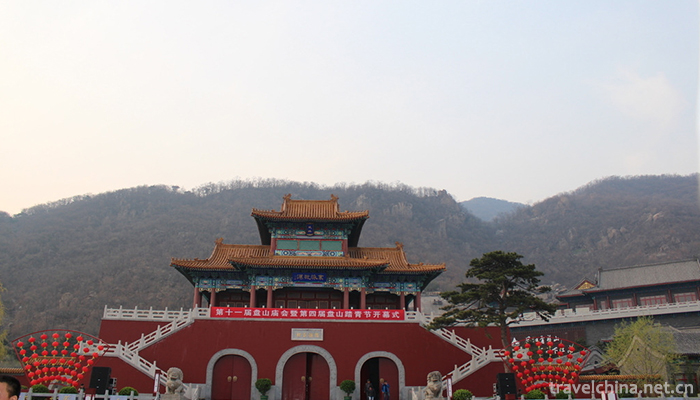

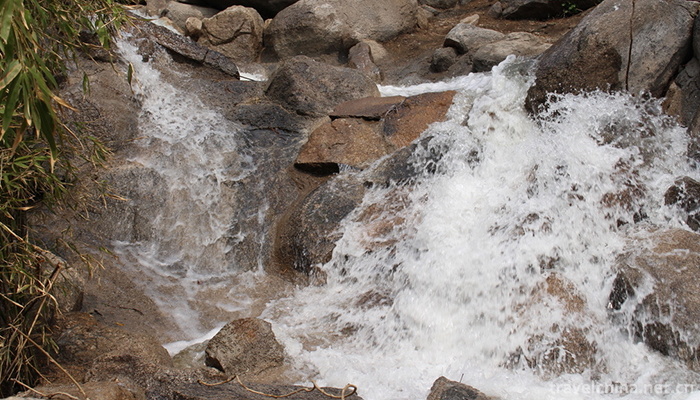
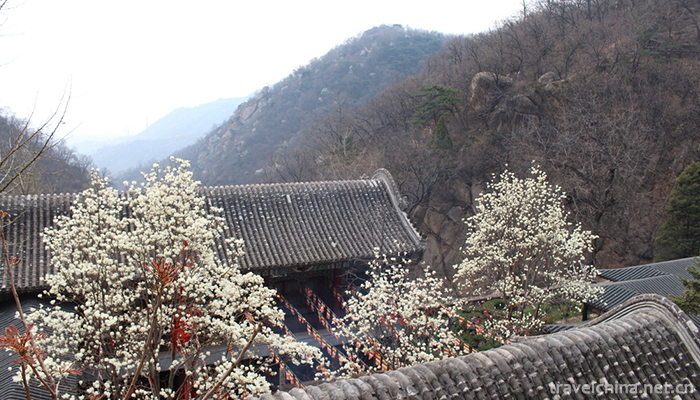
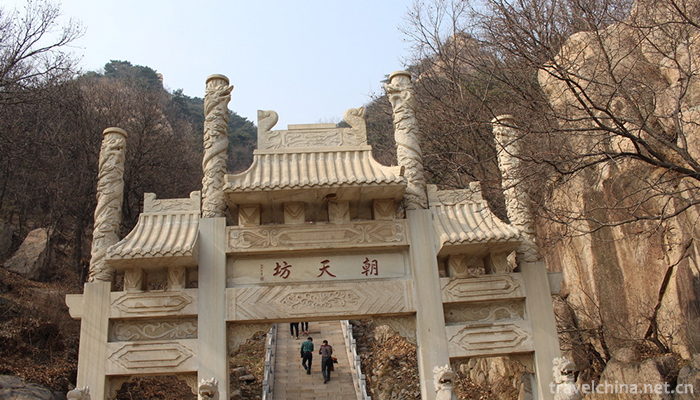
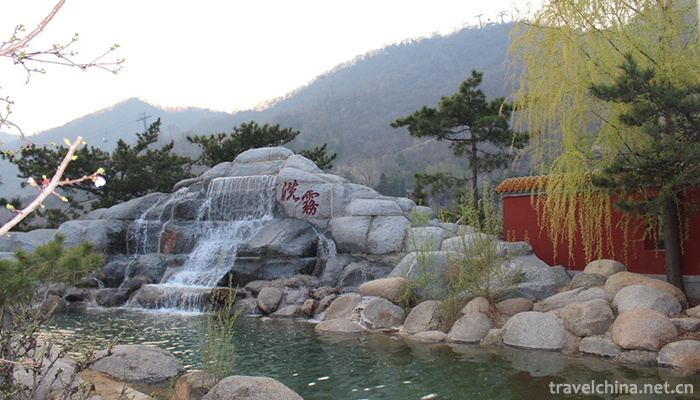

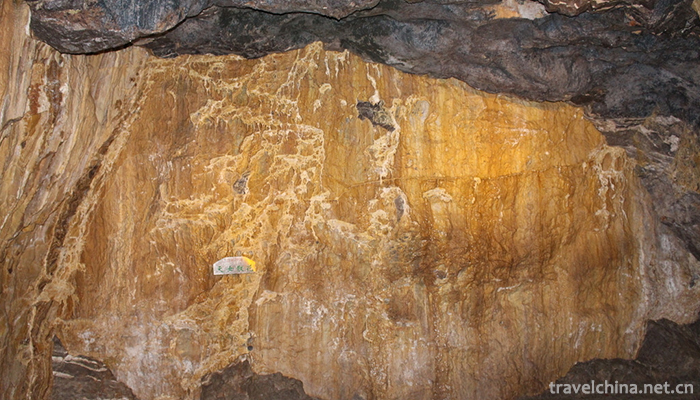
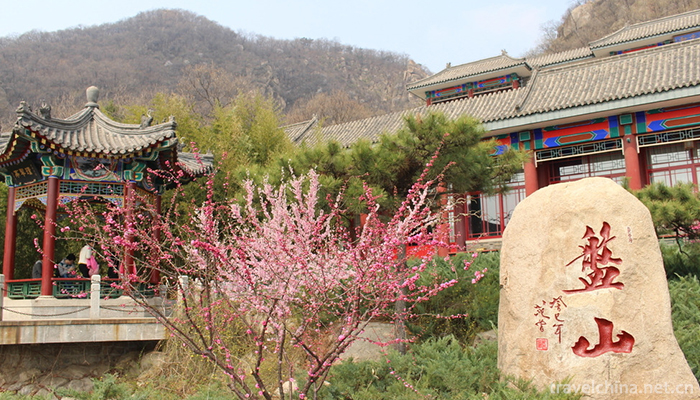
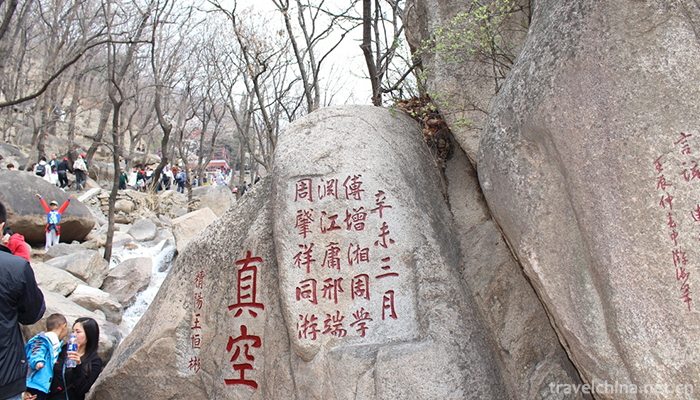
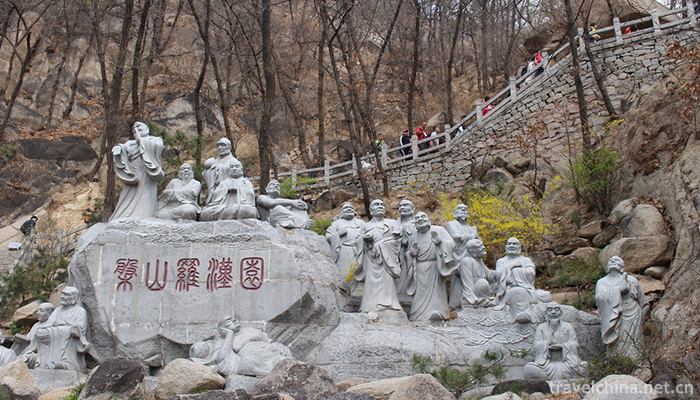
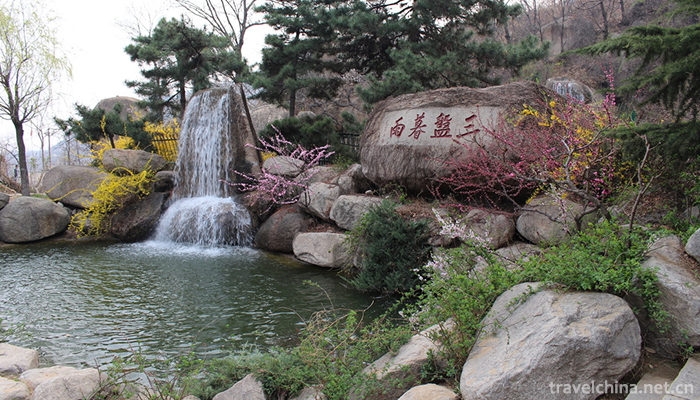
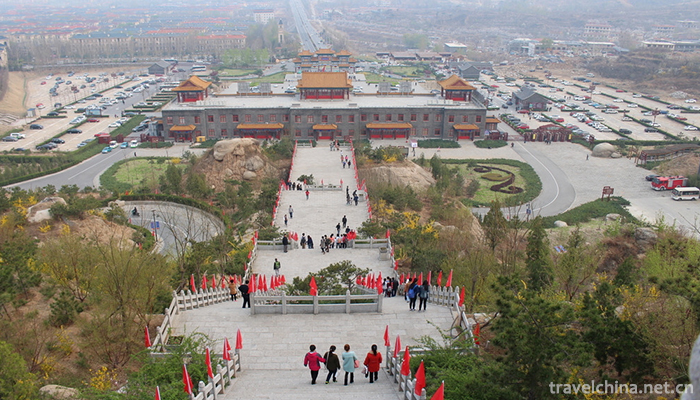
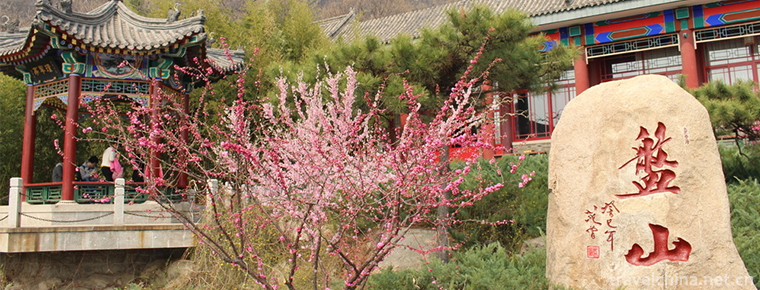
-
1.Dongshan Lake Hot Spring Resort
Dongshan Lake Hot Spring Resort is the first national AAAA-level scenic spot in Chaozhou City. It is located in the Dongshan Lake scenic spot of Shaxi Town at the junction of Chaozhou
Time 2018-12-19 -
2.Xishuangbanna Tropical Flower Garden
Xishuangbanna Tropical Flower Garden is located in Yunnan Institute of Tropical Crop Sciences, Jinghong City, Xishuangbanna Prefecture, Yunnan Province. It covers an area of 80 hectares and is one of
Time 2019-02-25 -
3.Pearl rice paste
Pearl rice paste is a delicacy. The main raw material of this dish is fresh pearl rice. The main condiment of this dish is sugar. This dish is mainly made by boiling.
Time 2019-03-23 -
4.Brodo
Buyi Opera, a local traditional drama in Ceheng County, Guizhou Province, is one of the national intangible cultural heritage.
Time 2019-04-04 -
5.Guangchang Meng Opera
Guangchang Mengxi Opera, a traditional local drama popular in Guangchang County, Jiangxi Province, is one of the national intangible cultural heritage.
Time 2019-05-01 -
6.Craft of birch bark making
Birch bark making techniques, Oroqen Autonomous Banner of Inner Mongolia Autonomous Region, local traditional handicraft of Heilongjiang Province, one of the national intangible cultural heritage.
Time 2019-05-04 -
7.Old soup essence formula
The formulation of Royal Food Old Tangjing includes the formulation and production technology of Old Tangjing, which is a valuable cultural treasure in the history of condiment development in China. T
Time 2019-05-11 -
8.Miao Batik Dyeing Techniques
Batik dyeing is one of the ancient folk traditional printing and dyeing techniques of the Chinese nation. As early as the Qin and Han Dynasties, the Miao people had mastered batik dyeing techniques, a
Time 2019-06-05 -
9.The Lisu Knife and Rod Festival
The Lisu Knife and Rod Festival, which is called "A Tang De" in Lisu language, means "Climbing Dao Festival". It is a traditional festival of Lisu and Yi people living in Lushui Co
Time 2019-06-17 -
10.Xihua University
Xihua University, located in Chengdu City, Sichuan Province, is a provincial key comprehensive university with complete disciplines and multi-disciplinary development. It has been selected as "Ba
Time 2019-08-31 -
11.Deyang natural resources
Deyang City is a subtropical evergreen broad-leaved forest area in Sichuan Basin. The horizontal distribution of vegetation is not different, but the vertical distribution difference is obvious. The forest vegetation is complex and diverse, and the vegetation community
Time 2020-12-14 -
12.Nanchong first industry
In 2019, the sown area of grain crops in Nanchong is 558000 ha, which is 0.15% lower than that in 2018. The sown area of oil crops is 152000 ha, an increase of 1.9% over that in 2018. The vegetable planting area is 154000 hectares, an increase of 3.9% over that in 2018.
Time 2020-12-17